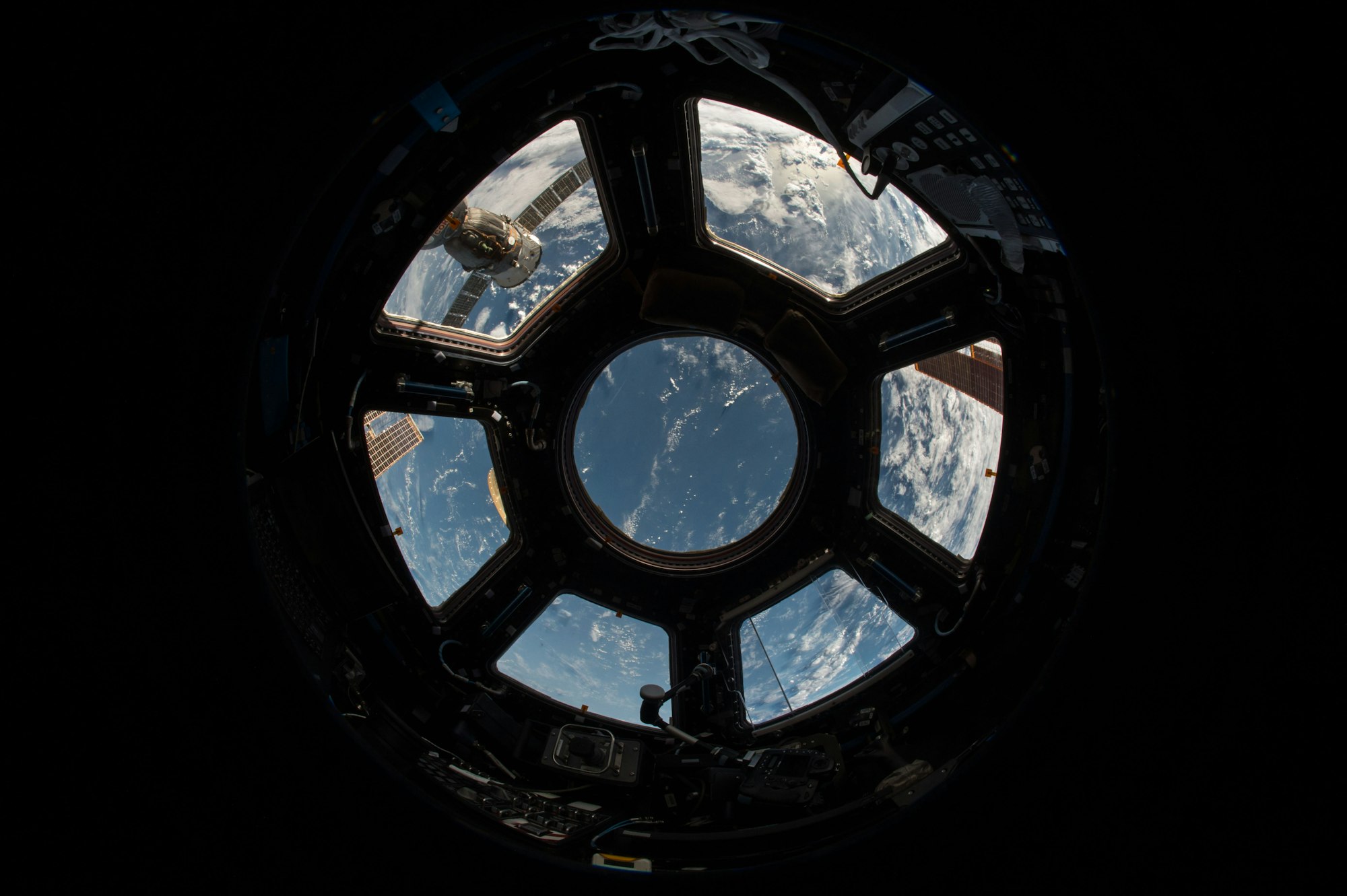Amazon Web Services (AWS) is strategically positioning its cloud infrastructure business to capitalize on the transformative potential of generative artificial intelligence (AI) across various industries, including space.
According to Clint Crosier, AWS director of aerospace and satellite, over 60% of the company’s space and aerospace customers are already integrating AI into their operations, a significant increase from single digits just three years ago.
Predicting growth in generative AI
Crosier anticipates similar growth for generative AI in the space sector over the next few years. Generative AI employs deep-learning models to answer questions or create content based on patterns identified in extensive datasets, representing a substantial advancement over traditional machine-learning algorithms.
Crosier told SpaceNews in an interview that mathematical advancements, an explosion of available data, and more affordable, efficient processing chips create a "perfect storm" for the rise of generative AI, driving greater adoption of cloud-based applications.
AWS's internal reorganization
"In the last year, AWS has fundamentally reorganized itself internally to place the right teams and organizational structure in place so that we can really double down on generative AI," Crosier said.
AWS has established a "generative AI for space" cell comprising a small team that engages with cloud customers to develop next-generation capabilities. These efforts include a generative AI laboratory where customers can experiment with new uses of these emerging technologies.
Key areas of application
Crosier identifies three primary areas for using generative AI in space: geospatial analytics, spacecraft design, and constellation management. Earth observation satellite operators like BlackSky and Capella Space leverage AI extensively to derive more insights from their geospatial data, although they have not fully embraced generative AI.
In the manufacturing sector, engineers are exploring how generative AI models, informed by design parameters, could produce innovative concepts by drawing on potentially overlooked data from other industries, such as automotive.
"Whether you’re designing a satellite, rocket, or spacecraft, generative AI can explore global data spanning decades and provide novel design concepts for your team to refine," Crosier said.
Enhancing constellation management
Generative AI also promises to help operators manage increasingly crowded orbits by simulating various testing scenarios.
"If I have a constellation of 600 satellites, generative AI can model numerous scenarios to determine the top 25 cases for optimal design, saving time and money," Crosier explained.
AWS's initiatives to accelerate the adoption of emerging computing capabilities include scholarships and a commitment announced in November to provide free AI training to two million people worldwide by the end of 2025.
Want more about AI in space? Read the article below:




 Follow us on LinkedIn
Follow us on LinkedIn



